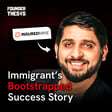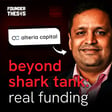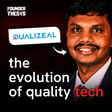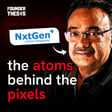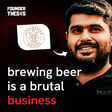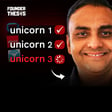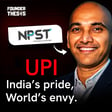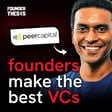
The healthy house of brands | Aanan Khurma @ Wellversed
Not one to fit into the corporate straitjacket, Aanan kept experimenting until finding his calling in consumer health with his brainchild, Wellversed. Wellversed is a house of brands which are digital native with an online first sales strategy. The startup has 40+ brands in its kitty and it achieved this feat with just 3 mn dollars in funding!
Read the text version of the episode here.
Read more about Wellversed:-
1‘Full stack wellness’: Indian brand Wellversed on ‘owning the ecosystem’ to understand the consumer
2.How Wellversed is Planning to be a Unilever of the Wellness Category
3.Creating a universe of modern-day health and wellness products
4.Wellversed’s vision to make wellness accessible to all
5.Wellversed Acquires And Scales Consumer Health and Wellness Brands To Build A House Of Brands
